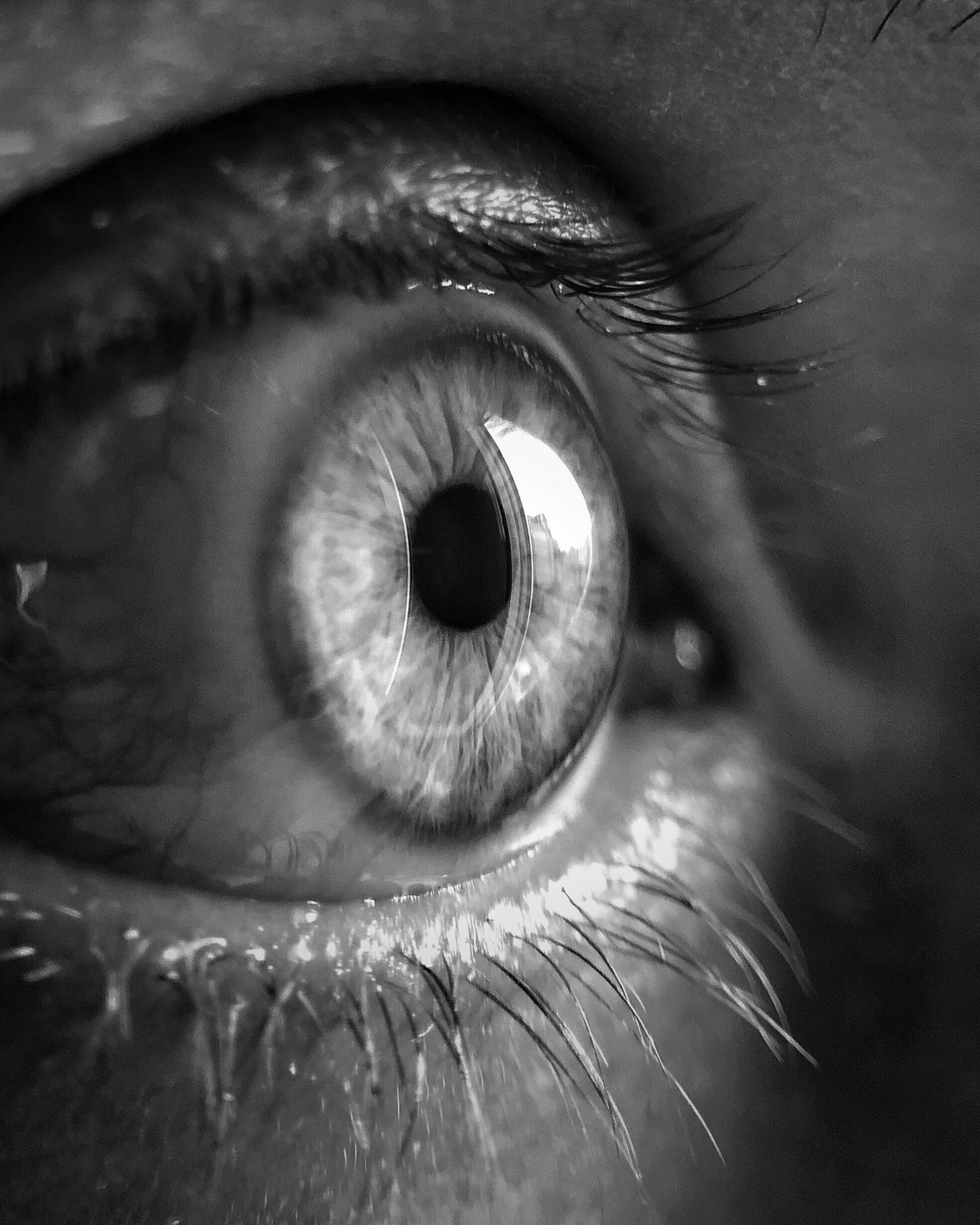
Point of View and how it affects your novel
What is point of view?
If you want the obvious, then you can say that point of view is the perspective from which you view the story. But what does this actually mean?
Well, there are two common writing styles – first person and third person.
First Person
In a first person story your point of view is easy. You view the whole story through the eyes of one character. This means that you show everything as it is experienced by your main character. Your main character is the narrator:
I woke up late. I went to the balloon shop. The man in the shop looked at me funny.
Third Person
In the third person you tell the story at a level removed. You tell the story as an omnipresent narrator that shows the reader the actions of various characters:
John woke up late. He went to the balloon shop. The shop’s proprietor gave John a funny look.
The easiest way to write in the third person is to use what is known as ‘Third Person Limited’. This is similar to using first person in that the narrator only follows one character.
For the more complicated plot, there is ‘Third Person Omniscient’. In this case the story is told from multiple, often conflicting, viewpoints.
When writing in the third person it’s easy to get carried away and tell things that the current point of view character couldn’t know. The narrator can theoretically tell the reader about anyone and anything. However, in practice this can cause all kinds of confusion for the reader.
As a reader, you want to get into the head of one character at a time, you want to view the world as they view it and sympathise with their point of view. The reader wants to feel their pain and joy. Using multiple viewpoints within a novel is common because there is time enough to get to know more than one person.
However, a general rule of thumb, it’s a good idea to stick with one character for the duration of a scene. Switching viewpoints within a scene is a known as head-hopping and can be rather disorientating because the reader doesn’t know who they are supposed to be identifying with.
Second Person
So, that’s first and third person – what happened to the second person?
Well, that’s you.
Not much fiction gets written in the second person because it can feel quite intrusive and strange:
Like that time when you woke up late. You went to the balloon shop. The man in the shop gave you a funny look.
It’s tolerable in a short section, but can you imagine a whole novel informing you of the things you’d supposedly done? There’s always the temptation to think: No I didn’t. I wouldn’t do that.
Well, don’t look at me; I didn’t do it and it must have been one of us.
